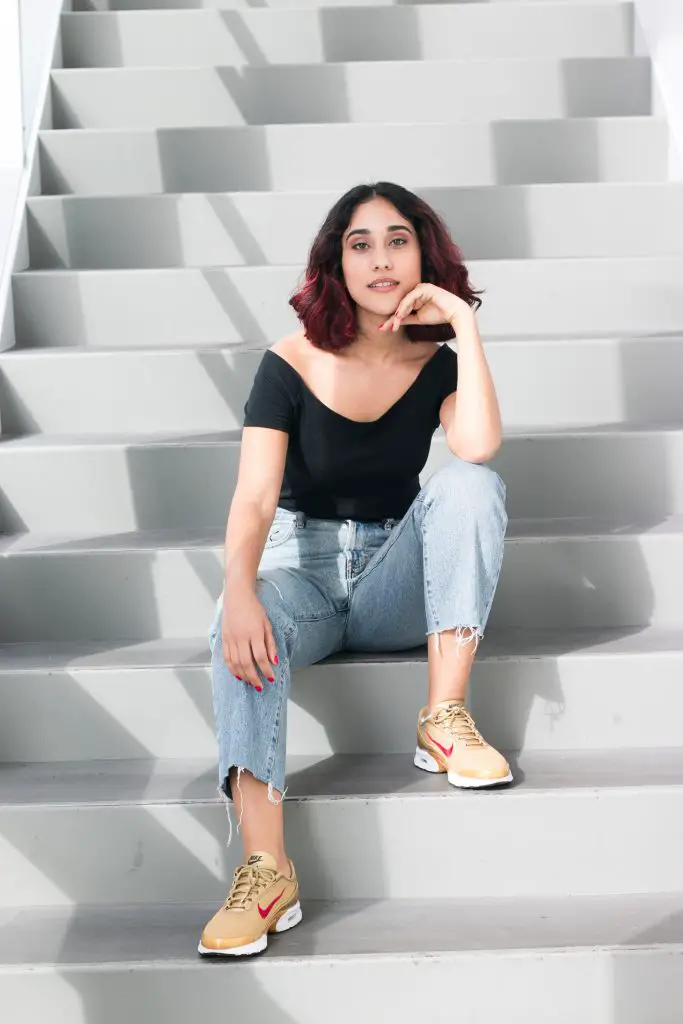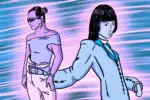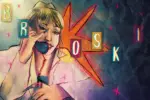Surrounded by the fashion hub of New York City, Columbia University provides the perfect space for Anisa Tavangar to speak out against the stereotypes of the fashion world. The senior Art History student currently serves as the editor-in-chief for “Hoot Magazine,” a college publication dedicated to cherishing people, cultures and fashion of all spectrums and environments.
Tavangar joined “Hoot” as a contributor during her freshman year and soon earned herself the title of beauty director. Her involvement in the publication hadn’t even reached its height though, as she would later be chosen to head the entire magazine. Although she was thrown into such a prestigious standing, she approached the responsibility with an open mind. “I realized that this really provided a lot of opportunities to be creative and meet peers who are genuinely interested in collaborating, communicating and working together to make something beautiful,” Tavangar says.
As editor-in-chief, Tavangar chooses to focus on the idea of inclusion and incorporating people of all backgrounds, appearances and identities. In an effort to combat some of the stereotypes that dominate the fashion world, she has made it a point to fight against the media’s unfair representation of specific minorities.
Lingerie shoots are another aspect of Tavangar’s movement, as such shoots too often objectify the models in an attempt to sell their product. Rather than focusing on certain body parts and displaying women in an expensive studio, models for “Hoot” pose naturally in outdoor spaces and are portrayed with confidence and strength. “We are very conscious of the way we cast our models, the way we choose our photographers or stylists and who’s writing for us. It’s so much more than just creating some baseline diversity or checking off a box,” says Tavangar.

In addition to representing their models holistically, “Hoot” also makes a statement through its streetwear shoots, taking efforts to reclaim urban areas from the catcalls and verbal harassment of men. In “Holler,” a zine affiliated with Hoot, the cover features confident models in tie-dye colors, sneakers and embroidered clothing. By partnering with brands such as Brujas NYC and Venomiss, Tavangar hopes to stymie the objectification of women in the street sphere and extend her message beyond the college campus.
“A woman wouldn’t typically wear an oversized T-shirt with heels at a skate park, so the publication sheds light on what real expression is,” Tavangar says. Your personal self-expression may or may not include six-inch heels, short skirts and excessive black eyeshadow and eyeliner, but, at the same time, everyone has their own unique way to represent themselves to the world.
Just as models shouldn’t be limited to a caricature, Tavangar believes that her contributors should never be restricted to one section either. Students can direct a photo shoot and simultaneously write an article for the publication, while others have modeled and then worked behind the camera soon after. The team works to provide every contributor with opportunities for them to expand their creativity, talents and passion.
As both former beauty director and current editor-in-chief, Tavangar has also had the opportunity to attend New York’s Fashion Week every year. By being present in the midst of the event’s bacchanalia, Tavangar has worked to promote not only her publication, but the message it communicates as well, in hopes of their vision acting as a breath of fresh air in the saturated market.
Such passion spearheaded one of Tavangar’s most memorable photo shoots, in which “Hoot” shed light on gender identity and personal expression through fashion. Non-conforming trans-femme models posed wearing several brands that stood for the same message of transgender equality. As one of the featured brands in the shoot, SYRO speaks up for the femme population with its heels designed for men. The company not only creates feminine shoe styles in larger styles, but it also empowers boys and men who see fashion as their outlet of expression and liberation. “Hoot Magazine” hopes to instill that same love for fashion with its content and messages.
“We’re able to defy these norms and these conventions, and we can expand the limited scope that traditional media offers. It doesn’t have to be through tokenism and stereotypical representation of different identities—you can do it in this really thoroughly, authentically beautiful way, and how motivating it is to be a part of that,” Tavangar says.
















